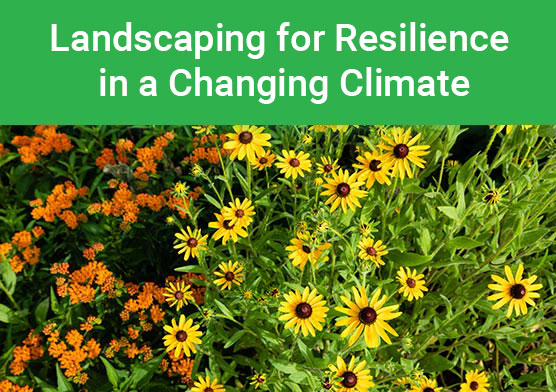The Earth’s climate is changing. Impacts - including higher temperatures, warming water temperatures, rising sea levels, and longer periods of extreme weather - are already being felt in the Chesapeake Bay watershed and are expected to worsen. The good news is there are actions we can all take to help mitigate and adapt to these impacts. Landscape professionals, in particular, have a unique opportunity to address the effects of our changing climate. This introductory course explains the difference between weather and climate, and provides an overview of how human activities are contributing to the rapid and unprecedented pace of climate change. Specific impacts to the Chesapeake Bay watershed are covered along with sustainable landscape practices that can be used to help mitigate climate change and promote resilience, including using native plants and trees, designing for extreme precipitation, and installing resilient stormwater BMPs to mitigate flooding and other impacts. The course ends with a description of climate impacts and landscaping strategies specific to the natural and built environments at the water’s edge.
A special thank you to CBLP, University of Maryland Extension, and other partners for their time, materials, and expertise in the development of this course. Also, thanks to the Chesapeake Bay Program for images used throughout this course, including the black-eyed Susan and butterfly milkweed image pictured in the course thumbnail.
Course Syllabus:
Module 1. Climate Change in the Chesapeake Bay Watershed (25:00)
Module 2. Climate Impacts of Sustainable Landscape Practices (20:00)
Module 3. Climate Change and Native Plants (32:00)
Module 4. Climate Impacts on Stormwater (19:00)
Module 5. Impacts of Climate Change at the Water’s Edge (24:00)


 ,
,  ,
, 